
How to Reverse Pickup Polarity, Part 1: Single Coil Pickups
This is Part 1 of a 2-part series on reversing pickup polarity. This article focuses on Single Coil Pickups. For Humbuckers, see Part 2.
Needing to reverse your pickup’s phase is something you most likely never want to encounter, but it’s an essential skill to have. If you are reading this article, you most likely experienced the ‘Out of Phase’ tone:
On most guitars and styles of music, the out of phase tone is not desirable, but some people prefer it; a la Peter Green. If you do not prefer it, you may want to reverse the phase of one of your pickups to fix the problem. However, changing the phase of a pickup can be trickier than merely reversing the wires. More factors contribute to the overall phase of a guitar pickup.
In short: reversing the phase involves changing only one of the two attributes of the pickup:
- Coil Direction
- Magnetic Polarity
Let’s explore the subject in more detail!
PART 1: PICKUP POLARITY REFRESHER:
As stated in our previous article on the subject:
Pickup Polarity is the combination of the wind direction and the magnet polarity within the pickup.
Are the magnets in the pickup North Up, or South Up? Was the Pickup wound Clockwise or Counter-clockwise? To illustrate, let’s take a look at a Strat Pickup:
MAGNET POLARITY:

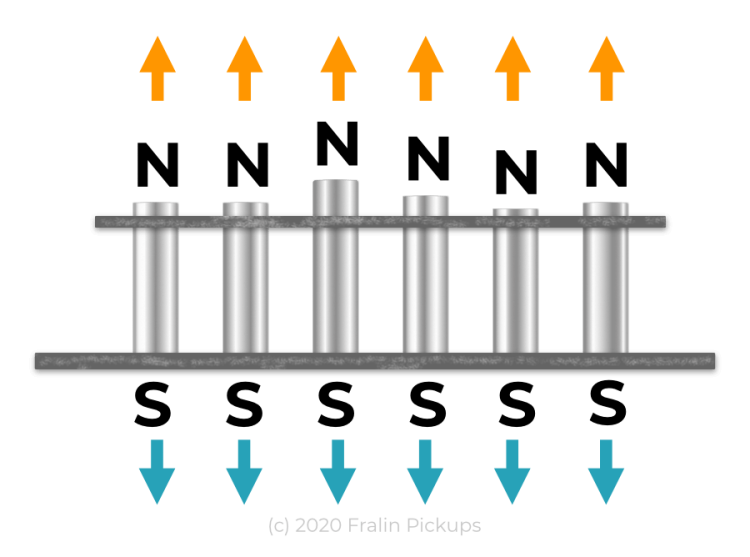
As you can see above, there are only two poles of a magnet: North and South. Most sets of pickups will have RW/RP pairs, so they cancel hum in the middle positions (think Strat or Tele). A Telecaster, for example, might have a South-to-Strings Bridge Pickup and a North-to-Strings Neck Pickup. If both pickups have opposite coil directions, the middle position is hum-canceling.
COIL DIRECTION:
The coil direction refers to the winding direction of the pickup. When you combine two opposite coil directions, you get a Reverse-Wound Pair (that’s where the RW comes from in RW / RP).
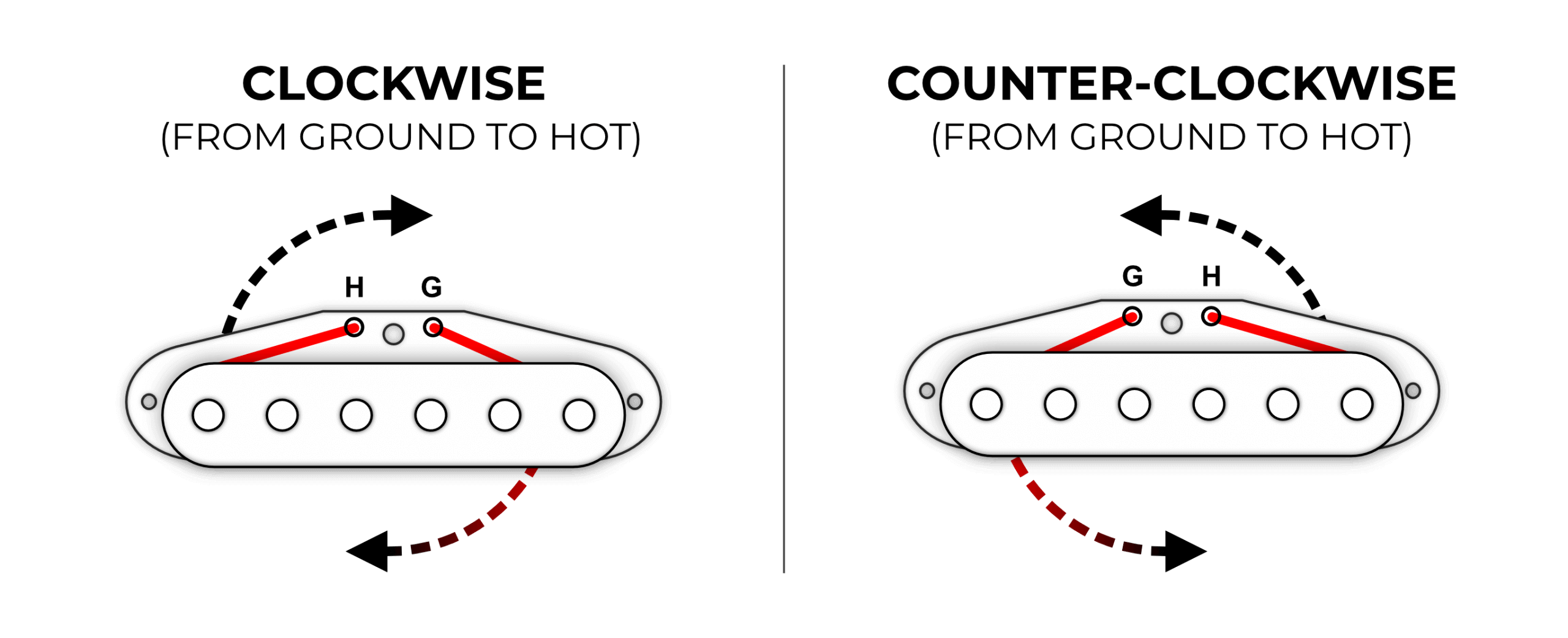
WHAT IS “PHASE”?
“The simplest way to explain phase is one pickup is ‘pushing’ on the speaker, while the other pickup is ‘pulling’ on the speaker. Due to this, frequencies are cancelled out.”
Lindy Fralin
For pickups to be in-phase and hum canceling, they need opposite coil directions and opposite magnetic polarities (RW / RP). If you meet only one of those criteria, you will experience out of phase. For instance: if both pickups have the same coil direction but different magnetic polarities, your pickups will be out of phase. Out of phase pickups sound thin and weak (listen to the sound clip above).
It’s important to note: if your pickups are out of phase with each other, reversing the phase of one pickup will fix the problem.
Two pickups that have the same polarity (both wound the same and magnetized the same), are in phase, but not hum-canceling.
CAN YOU REVERSE THE PHASE?
Yes, and no. In some instances, you can quickly reverse the phase of a guitar pickup. In other situations, it is not possible to change the phase. Once you’ve determined which attribute is the problem, you can diagnose and see if changing the phase is possible. Again, all you need to do is change one of the pickups’ attributes. Let’s start by reversing the pickup’s leads:
PART 2: REVERSING THE PHASE OF A PICKUP
REVERSING THE LEADS:
If you think the easiest way to change the phase of a pickup is to flip the leads (black & white), you’d be right half of the time. Flipping the leads on Fender pickups like Stratocaster and Telecaster pickups are more difficult than working on Humbuckers (see our article on that subject here). When we wind a Strat pickup, like our Vintage Hot, the first wraps of the coil directly contact the magnets. Now, it’s true that coil wire has an insulation, and theoretically, that insulation will prevent the coil wire from making contact with the magnets, allowing you to reverse the leads.
However, the insulation is only 1/10,000″ thick and occasionally fails. In his wisdom, Leo Fender designed his pickups to have a fail-safe. If the insulation cracks, and the coil wire does make contact with the pole pieces, they instantly become grounded, instead of hot.
Reversing the coil direction of a pickup that has a shorted magnets will result in a plethora of noise you do not want. Therefore, upon request, we can apply tape to the magnets before winding to make sure the coil can be reversed at will.
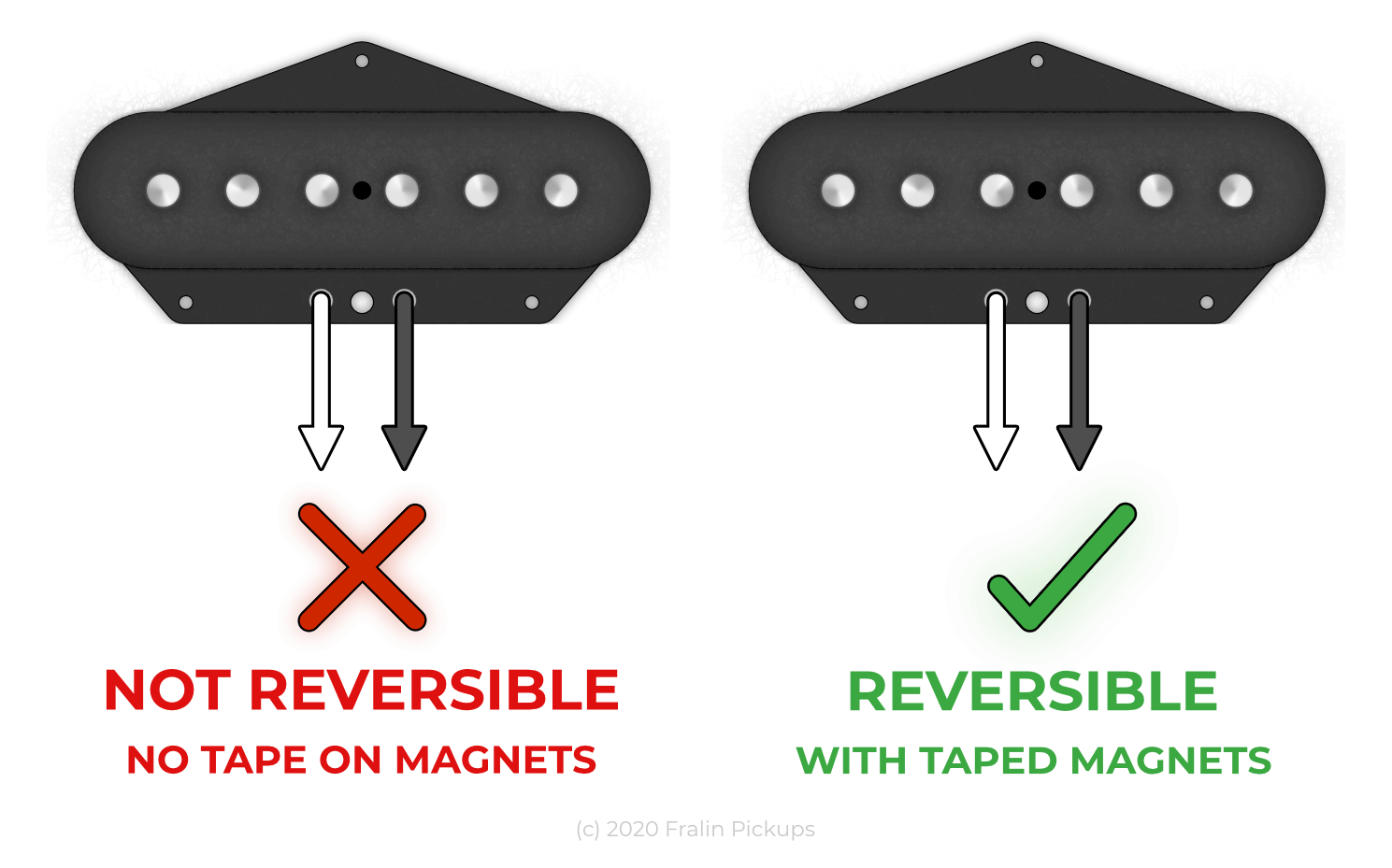
SUMMARY ON FLIPPING LEADS:
- Stratocaster and Telecaster pickups are notoriously difficult to flip the lead wires
- It’s difficult to flip the leads due to the coil wire touching the bare magnets or pole pieces
- Stratocaster and Telecaster pickups with Taped Magnets feature an easily reversible coil direction
- The coil wire does not touch the magnet or pole piece on pickups with Plastic Bobbins (P90s, Humbuckers, Steel Pole 42s, Steel Pole 43s)
- Plastic Bobbin pickups are easier to reverse the coil direction, so long as it has a separate shield from the coil wire (2-Conductor with Shield lead)
REVERSING MAGNET POLARITY:
Reversing the coil direction is only one part of the equation, and reversing your magnetic polarity is more difficult.
Strat & Tele Pickups:
Reversing the magnet polarity of a Strat or Tele pickup involves placing the pickup in a very strong magnetic field opposite to the polarity it currently has. It requires special equipment and knowledge to perform correctly.
This is not something you can do at home. Feel free to send the pickup to us, and we will re-magnetize the pickup for you. It only takes about a day or two in the shop, and is very inexpensive. Check the link below for further information.
In summary, it’s easier to reverse pickup phase with some models, and more difficult with others. Single coil pickups are notoriously difficult because they were not designed to have their phase reversed. Humbuckers are easier, but the job gets complicated when the humbucker has a cover installed.
There’s a lot that goes into reversing a pickup’s phase, and it can be difficult to wrap your head around it. If you have a question, leave it below! Until next time.
Comments
33 Comments For This Post
Leave A Comment
Want to chime in to the conversation? Please do so! Please respect others.




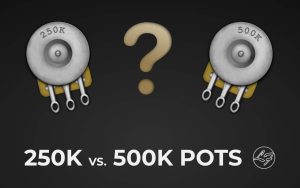
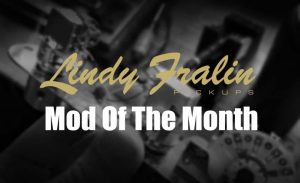

In an HSS setup, specifically with one master volume and one master tone control, what would cause a thin weak sound from position 2, bridge humbucker and middle single coil. Humbucker has single wire with center hot and metal braid surrounding as ground in setup with 500k pots with resistors to neck and middle pickups? Thank you
I just installed a Fralin Split blades on the bridge position of my Strat. I have a standard single coil Suhr V70 pickup on the middle position, wich is reverse wound/reverse polarity and I also have a standard single coil Suhr V70 none rw/rp on the neck position. The Fralin split blades pickup that I have, only has two wires not 3. I am getting out of phase sounds when I use the bridge pup in combination with the other 2 pickups. Is it possible to reverse the polarity of the Fralin pickup so that I don’t get the out of phase sound in the combination positions?
I’ve got an early set of Fralin underwound strat pickups iny guitar and would like to replace the bridge pickup with my fender fat 50s bridge pickup. Do you know if they are on phase? .Thanks
Hey Lee, based on our information, they will be out of phase. The Bridge should be a South up pickup with Counter-Clockwise Coil direction. Ours is South up, but Clockwise.
Hey guys, I have a question. What if my guitar has seymour duncan p90s. I have a D’angelico premier DC Boardwalk, I mostly use the neck pickup, so I was thinking about just replacing that one. Will I encounter ant type of phase problems? Should I order them with reversible leads?
Hi. I have 2 squier classic vibe 51 p bass single coils. I want to wire them like a fender jazz bass. Do I need to rewind and change the polarity of one of the pickups? Would it be worth it or should I just get a new pickup built in reverse? Thanks, Jim Rader
I’ve been searching all day to find out how to both confirm polarity and change polarity on one of my Fender Stratocaster Noiseless Vintage PUP. My middle PUP got really weak so just for shits I decided to just push on the Magnet poles, took a little force at first and blam, used a round head Allen wrench(to avoid scratches) to push it all the way out then reinserted it very easily. By the way, if you need to check polarity of your pickups simply grab a Magnet off of your refrigerator, that’s what I figured out today thus I checked all of my pickups. I don’t know true nort pole but that isn’t important. All 3 of my Fender Noiseless PUPs(Stacked Humbucker) are south up(repells my magnet) while my Seymour Duncan Everything Axe mini-Humbucker set is all North Polarity on North Coil and South Polarity on South Coil…which is weird because they said the Duckbucker was RWRP yet I have confirmed that it is not. Anyway, I didn’t like the Everything Axe set, it sucked…too muddy in the neck position, after switching I discovered that the Fender Noiseless PUPs that came on my $900 MIM Players Deluxe (2010’s) where very good pickups, way better than that shitty AXE set, distortion sounded awful, like blown out speakers even with light distortion but I paid $200+ for it so want to make use of it. The bridge has some highs that sound really sweet, the Noiseless doesn’t have those highs. The middle is a lot better than my Noiseless Middle(which I never really used because it was so thin sounding, and much more quite than the Neck and Bridge).
Now I’m going to have my perfect setup, I’m putting the Duncan Bridge PUP in the middle, the middle needs to be louder Anyway to match my Noiseless Neck and Bridge, and I imagine I should get those highs out of the Duncan Bridge PUP in the middle position so it also clears up, not sounding like garbage with distortion. Now I just got done flipping all the pole magnets in my Noiseless Bridge so everything lines up. All I should have to do is reverse the leads on the Noiseless Bridge and it will be RWRP thus
Neck: South Polarity clockwise wind
Middle North Coil: North Polarity Counter-clockwise wind
Middle South Coil: South Polarity Clockwise wind
Bridge: North Polarity Counter-clockwise wind.
I’m going to have lead reverse switches for all PUPs hanging out of a hole so I only have to check them once, adjust them and record which leads I need to flip.
I have a custom kickass Hi-cut and Low-cut tone controls, I’ve been experimenting for months, bought a lot of capacitors and resistors, pots, etc. I’m going to wire in my 3 dual Stacked Concentric pots(the real ones, independently controlled pots, two Stacked gold knobs) Each PUP has it’s own volume, then there is the Hi-cut and Low-cut Tone knobs, the last pot goes with the Hi-cut. I’m using a 1uf cap. for Hi-cut, input into the middle lug of pot, right lug is path to ground(eventually) passing through the 1uf cap. Then it goes to the second pot to control resistance to ground, this allows me to get a very wide range of smooth Hi-cut. The left lug of the Hi-cut pot is hot out and in comes my 6throw DP Rotary for my base cut(yes, there is a very good reason for this) Both side A & B will be used for two different functions. Position one on both A and B is a bypass(Low-cut OFF) and will send hot directly to Jack Hot(Due to the schematic I made). From Hi-cut hot out(left lug) there will be a branch off wire with 1meg resistor to ground while the main hot will go to Rotary Side A Pole, any selection other than 1(OFF/Bypass) it will have to go through a cap, A2 being 1uf, A3 0.47uf, A4 0.1uf, A5 0.047uf, A6 0.015uf, the purpose of this is to dump the lows below the cap value, it’s a high pass filter. This is because all the way down to 0.015uf you will not be able to really tell any base has been cut but it is cutting base and being high frequency signals travel through resistors faster than lower frequencies, sending them all to the Low-cut pot would trim from the highs downward to the lows rather than the correct way, dumping lows first(I use a ground on my low-cut, way more efficient. The lows that can’t pass through the Cap are dumped to ground through the only path they have, 1meg resistance to ground. As you go from 2 to 6 on the Rotary The value of the High-Pass cap lowers which means more lows are dumped to ground. Now, the hot passing through the Rotary goes to Low-cut pot, left lug. From the left lug another branch comes off to go to Rotary Side B, this is the other high-pass filter so the pot will be left to filter the lows in the range of Cap A to Cap B(because highs above Cap B bypass the pot). Side B, B2 0.008uf, B3 0.0067uf, B4 0.0042uf, B5 0.0022uf, B6 0.001uf. There is a reason for all of these values and how compacted they get, it’s based on my tests with many different values of caps with a switch to change whether the sound I hear is the lows or highs, flipping the switch sent either highs or lows to ground while passing the other to hot out. Most of the sound range is from about 0.047uf to 0.001uf as in you can send all highs above 0.001uf and all lows below 0.047uf to ground and you will only hear the slightest change in sound.
Now, the right lug of the low-cut is ground but passing through a 20k resistor(this smooths the ground out, as well as going the reverse way through the pot, audio-taper where as you turn the knob you get rid of most of the resistance through the first 3rd(when I say right or left lug I mean from the bottom view, how you would see it when soldering). That 20k resistor prevents a sharp drop off at the end, it solves that for Hi-cut Tones too. Now, center lug is hot out but it has to go through one more resistor, 100k before it rejoins with the hot high-pass from Rotary side B. This is to help the highs pass go to hot out so if you cut all lows out that you have selected for the pot your highs have 120k resistance to try to goto ground while having 0 resistance to travel to Jack out.
My independent volumes already work BTW, Straight from PUP to it’s volume, center lug, left lug to ground with 133k resistance(there is no reason to turn the volume all the way down because I’m still using the 5-way pickup selector, this also prevents highs from leaking out through the volume pot(All 6 pots(3 concentric Pots) are 500k). The right lug is hot out, this particular way of wiring them prevents interaction between the other pickups volume pots(100% confirmed as with everything I’m writing). From each volume pot, the hot travels to the 5-way PUP selector, except for the Middle, being a mini humbucker it goes through a DPDT toggle switch as a Parallel/series switch, then to 5-way PUP selector(Wired normal, only side A, pole out goes through Hi-cut then through Low-cut to Jack Hot Out. There is a branch off from the bridge hot wire before hitting 5-way, this is a bypass switch to turn Bridge always on giving you the Neck and Bridge combo as well as Neck, Middle and Bridge combo which is freaking awesome being they all have independent volumes thus custom blending them.
I’m autistic and I’ve been obsessing on all of this for about 4 months, now I have finally achieved my goal of getting it as perfect as possible without adding too much to the pick guard. Just 3 dual Stacked double knob concentric pots taking the place of the normal pots, removed the push push button which is where the 6-way Rotary switch is going, then just two little gold toggle switches, the small bat switches. And that’s it other than the normal 5-way, my baby is about to be completed next weekend. I bought my guitar for me, so I don’t care about people not wanting to pay regular price because it’s updated(which is kind of crazy anyway, why does making a guitar better lower the value??), they are never going to have the option to buy it. Honey blonde finish, the wood, good wood, shines through, thin smooth neck, custom green marble pick guard, all gold hardware.
Hi and thanks for this informative posting. I have a vintage Ventura Chet Atkins copy, unfortunately the original pup’s are beyond repair within reason, because of several factors, It has 2 factory switches for reversing the phase of either pup on the left horn, and I realize a person would never want to reverse phase them at the same time….being its set up with factory switches, and vintage style 2 shielded main wire connections for the pups, can I simply connect two new 2 wire humbuckers to the main wires and retain the in/out of phase ability it originally had? The original pups were humbuckers, and I thought about changing over to the wonderful p-90’s, but fear that them out of phase, would sound terrible…or would they?
Have a random question about humbucker bobbins. I have one that the bobbins seem overly active or micro-phonic. when you rub your fingers across the bobbin its as if you were rubbing the screen of a sm58 very loud? what would be the cause and remedy they do not have covers on them .
It seems as if the pickups you have are not wax potted – check this article here about Wax Potting
My Strat does not seem to cancel any hum in the 2 and 4 position. It’s a Player series with alnico V pickups and the lower tone knob is dedicated to the bridge pickup and the upper to the middle and neck. Any clue why?
For a ceramic single coil pickup, can you reverse the polarity by simply flipping the ceramic magnet? I’m thinking about trying to reverse the middle pickup on an 83 Ibanez Roadstar with ceramic super 6’s in an SSS configuration.
Hey Dean,
Yes. You can definitely do this.
Cool
What does “Taping ” the magnets do? I’m a bit confused, especially for single coil pickups. All magnet wire is shielded/coated. All pole magnets are not contacting anything magnet wire or metal, at least with traditional Fender style pickups. If there is any pole magnet to metal base contact, the base metal can be isolated from ground of the guitar. Bobbins are made from either plastics or resin soaked paper material. All magnetic wire leads can be reversed. I believe pole polarity is reversed (traditionally) for Strats and Tele’s between the pickup positions, but not necessary, it’s a “flavour” thing.
The magnet wire is generally 0.001″ thick, and taping the magnets provides another layer of protection, allowing our customers to reverse them at will for years to come.
Hello. When I swap the leads on one of the humbuckers in my Univox Hi-Flier, one pickup no longer works. Why would this be?
Hey Zac,
Is this pickup a 2-Conductor pickup? A few things could be happening here. When you have a Hot & Ground only, reversing them will short the coil out. What you need is a 2-Conductor with Shield which allows you to reverse the coil wire while keeping the Ground connection separate.
Hi there,
In a H/S configuration where the coils of the humbucker will not be split – are there any considerations that should be taken in regards to phase ?
Or can any humbucker be used with any singlecoil with no ill effects when theres no coil splitting involved ?
Thanks.
Hoeveel windingen is het voor een Single coil van 1965 die men moet hanteren ?
En voor een Single coil 1969 ?
Met 42 AWG Poly/Nylon wire .
Is taping the poles/magnets before winding undesirable in any way or type of installation? If not, I would think everyone would get the tape just to sort of bullet proof the pickup from shorting against the magnets over time. Does wax potting a pickup achieve the above mentioned protection from shorted windings?
Hey Don,
It might make the smallest difference in tone, but not one that can be heard easily. I would imagine moving the magnet wire away from the magnets 1/1000th of an inch darkens the pickup’s tone the slightest bit. Wax Potting does not remedy this problem but helps prevent it in the first place as it helps prevent corrosion. If you haven’t already, check out our article on wax potting.
How might the problem play out on a Jazz bass? What might be involved in a change of polarity or phase for a Jazz, and what level of skill might I have to gain in order to work with stacked pots, coil taps, creating a schematic diagram from photos of a control plate and some of the other variables out here in the field? (Add in the variable of switching from a 10% overwind pickup to a stock wind pickup) How can I differentiate between a phase problem, coil polarity problem and/or component failure? Well, actually I know part of the answer to that, a couple of local community colleges have good electronics programs, I could get into one of those. . . Thanks.
Now, I see it. Your added explanation in the article makes it very clear. Thanks a lot, Tyler.
Tyler, thanks for the explanation. So, it means as long as the coil is not shorted to the magnets (pole pieces), you can flip the both leads to reverse the polarity of the pickup, right? I’ve read some comments on other gear forum, that you should ground “the start” of the coil to achieve slightly less noise operation, but you can also flip the leads if you want/need to reverse the polarity to solve a phase-out issue. Is this correct or should be avoided for preventing the case what you described happens?
You can certainly try it without too much hassle. However, on a typical Strat or Tele pickup, there are anywhere between 80-100 turns of coil on the initial pass. It takes only one wire with cracked insulation to cause the problem previously described. As mentioned in the article, Strat and Tele pickups are notoriously difficult to reverse the phase.
Could you elaborate on this? The coil wire is insulated, right?
“When we wind a Strat pickup, like our Vintage Hot, the first wraps of the coil directly contact the magnets. We ground the magnets this way through the Black lead.”
Hey Tak, thanks for reading, and great question – this needs further explaining.
The coil itself does not ground out the magnets like the article reads. I’ll amend the article to reflect that. The insulation does separate the coil from the magnets. However, if you test 10 pickups in a row, you will find that one or two of them have a magnet that does short to the coil. In essence, the insulation has failed and the coil has contacted the wire. If the pickup is wired correctly, it’s not a problem because the shorted magnet connects to ground.
That being said, if you reversed this pickup’s leads, all that noise would come through. It would sound similar to touching the tip of your guitar cord when it’s plugged into the amp.
Does that clear it up?